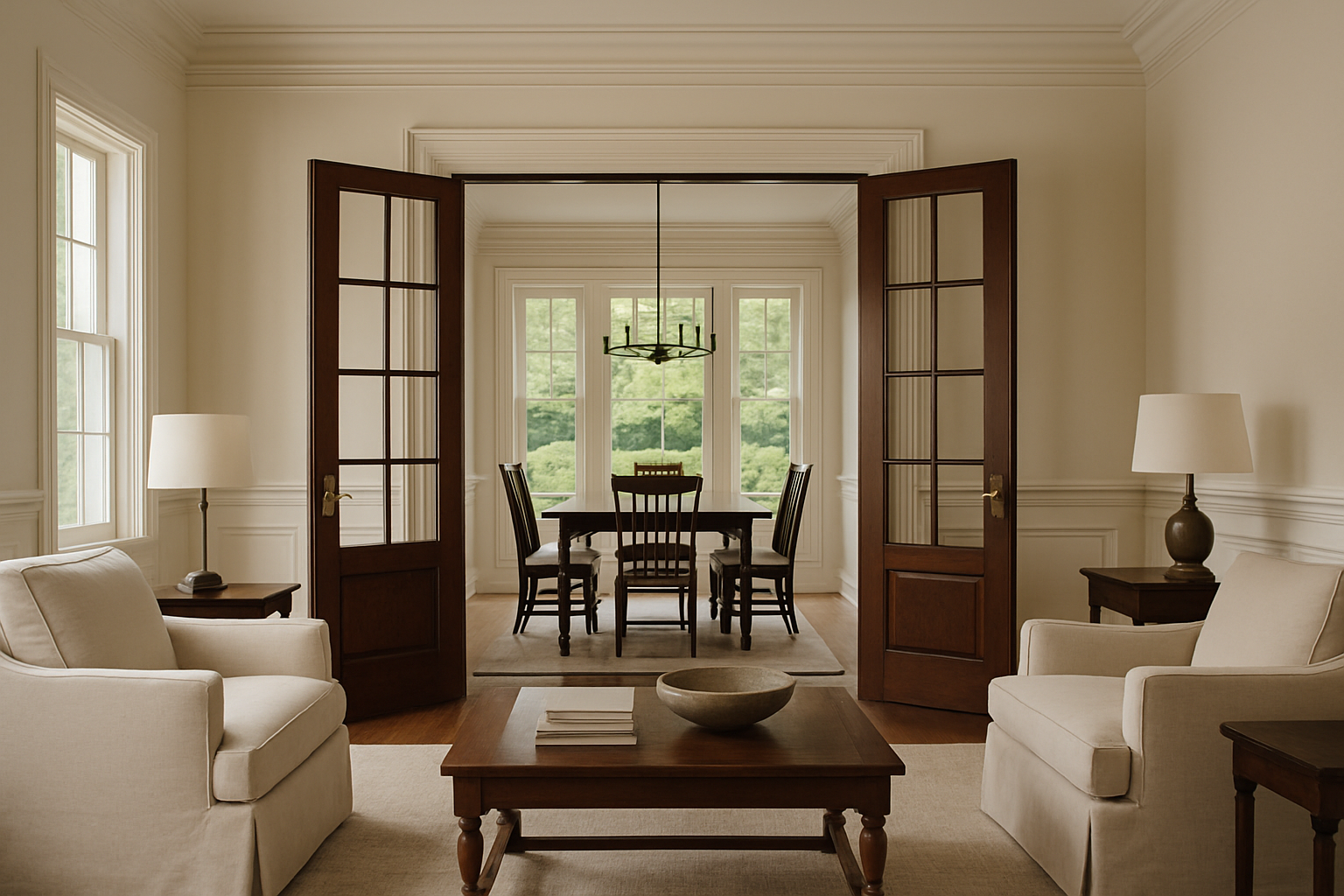Upgrading Your Home Furniture for Less
Transforming your living space doesn't have to deplete your savings. With strategic planning and smart shopping, you can give your home a remarkable makeover while staying within budget. Upgrading your furniture is one of the most impactful ways to refresh your space, bringing new energy and functionality to rooms that may have grown tired or outdated. This guide explores practical approaches to furniture upgrades that deliver maximum style impact without the premium price tag.

Smart Strategies for Stylish Furniture Pieces
Finding stylish furniture without breaking the bank requires a combination of patience and strategy. Start by identifying which pieces will make the most significant visual impact in your space. Often, a statement sofa, distinctive coffee table, or eye-catching accent chair can transform a room’s entire aesthetic. Look for furniture with clean lines and timeless designs that won’t quickly fall out of fashion, ensuring your investment remains stylish for years to come.
Consider exploring outlet stores, warehouse sales, and floor models, where high-quality pieces are frequently available at substantial discounts. Many retailers offer significant markdowns on last season’s inventory or items with minor cosmetic imperfections that don’t affect functionality. Additionally, set price alerts on furniture websites for specific items you’re interested in, allowing you to pounce when they go on sale.
Essential Tips for Upgrading Your Home on a Budget
When working with limited funds, prioritization becomes essential. Create a furniture upgrade plan that spans several months or even a year, tackling one room or piece at a time. This approach not only spreads out expenses but also gives you time to search for the best deals and quality items within your price range.
Consider the power of paint and reupholstery before replacing furniture entirely. A dated wooden dresser can be transformed with quality paint and new hardware, while a structurally sound sofa with worn fabric can be given new life through professional reupholstery—often at half the cost of a new piece. For dining chairs, learning basic reupholstery techniques can save hundreds of dollars while delivering custom results.
Embrace the mix-and-match trend, which allows you to incorporate budget-friendly pieces alongside higher-end items. This approach creates visual interest while stretching your decorating dollars. Focus on investing in “anchor pieces” like sofas and beds, where quality directly impacts comfort and longevity, while saving on accent pieces and accessories.
Refresh Your Space: Furniture for Every Room
Each room presents unique opportunities for budget-friendly furniture upgrades. In living rooms, consider replacing just the coffee table or adding new accent chairs rather than investing in an entirely new seating arrangement. These smaller changes can dramatically alter the room’s focal points without requiring a complete overhaul.
For bedrooms, the bed frame and headboard offer significant visual impact. Consider platform beds, which often eliminate the need for box springs, or DIY headboard projects using materials like reclaimed wood, upholstered panels, or even repurposed architectural elements. Nightstands can be easily sourced from thrift stores and refinished to match your aesthetic.
Dining rooms benefit from mixed seating arrangements—perhaps keeping your existing table but replacing chairs with a stylish, affordable set. Alternatively, consider a bench on one side to create a more casual, space-efficient arrangement. In home offices, focus on ergonomic desk chairs that support productivity and health, while saving on storage solutions by repurposing bookshelves or cabinets from other areas of your home.
Timing Your Purchases for Maximum Savings
Strategic timing can significantly impact furniture prices. The furniture industry follows predictable sales cycles, with January, July, and holiday weekends offering some of the deepest discounts. These periods coincide with new inventory arrivals, motivating retailers to clear floor space by reducing prices on existing merchandise.
End-of-season sales represent another opportunity for savings, particularly for seasonal items like outdoor furniture, which typically see major price reductions in August and September. Similarly, office furniture often goes on sale during back-to-school promotions in late summer and early fall.
For the truly budget-conscious, consider floor models and display pieces when stores are remodeling or closing. While these items may have minor wear, they’re typically still in excellent condition and can be purchased at 40-70% off retail prices. Many retailers are willing to negotiate even further on these pieces, especially if you’re handling pickup and transportation yourself.
Cost Comparison: Budget-Friendly Furniture Retailers
When searching for affordable furniture options, several retailers consistently offer quality pieces at reasonable prices. Here’s how some popular budget-friendly furniture providers compare:
| Retailer | Price Range | Best For | Special Features |
|---|---|---|---|
| IKEA | $-$$ | Apartment dwellers, starter homes | Flat-pack design, modern aesthetic, in-house assembly services |
| Wayfair | $-$$$ | Wide selection, frequent sales | Free shipping on many items, vast inventory, flash deals |
| Target | $-$$ | Trendy accent pieces, small spaces | Designer collaborations, frequent sales, modern styles |
| HomeGoods/TJ Maxx | $-$$ | Unique finds, accent furniture | Discounted brand names, one-of-a-kind pieces, inventory changes frequently |
| Amazon Basics | $-$$ | Simple functional pieces | Fast delivery, easy returns, basic designs |
| Facebook Marketplace | $-$$ | Second-hand bargains, vintage pieces | Negotiable prices, local pickup, unique finds |
Prices, rates, or cost estimates mentioned in this article are based on the latest available information but may change over time. Independent research is advised before making financial decisions.
DIY Upgrades to Existing Furniture
Sometimes the most budget-friendly approach is working with what you already have. Before replacing furniture, consider whether simple modifications might achieve your desired look. Hardware replacement—swapping out drawer pulls, knobs, or handles—can modernize cabinets and dressers for under $50. Similarly, new legs can transform the look of sofas, chairs, and tables, with affordable options available at hardware stores and online retailers.
For wooden furniture, refinishing remains one of the most economical upgrades. Stripping, sanding, and applying new stain or paint can make dated pieces look contemporary and custom. Additionally, consider functional upgrades like adding casters to heavy pieces for mobility or installing drawer organizers to maximize storage efficiency.
With creativity, planning, and strategic shopping, upgrading your home furniture for less becomes not just possible but enjoyable. The satisfaction of creating a refreshed space without overspending adds another layer of appreciation to your newly enhanced home environment.




